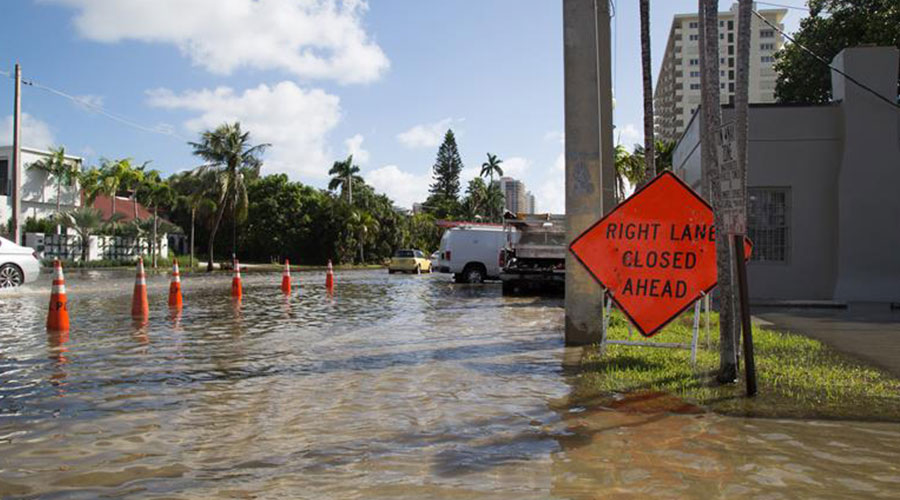Worker Safety: Key OSHA Regulations
While it is essential to identify the potential hazards second responders might face, the real benefit comes when managers and other planners can implement viable action steps aimed at reducing or eliminating the likelihood of these hazards. To do so, managers can implement several proactive measures during the planning phase and immediately following an emergency event.
The Occupational Safety and Health Administration has developed regulations that require employers to develop written emergency action plans —29 CFR 19 10.38, Employee Emergency Plans and Subpart E Appendix — that provide a minimal standard with which to start.
The National Fire Protection Association provides more detailed information in its Standard on Disaster/Emergency Management and Business Continuity Programs. A free copy of this document is available at www.nfpa.org/assets/files/pdf/nfpa1600.pdf.
Although the hard work of second responders often goes unseen by building occupants and is frequently overlooked by the general public and media, the nature of their work in emergency situations is essential for restoring facilities and operations.
Related Topics:













